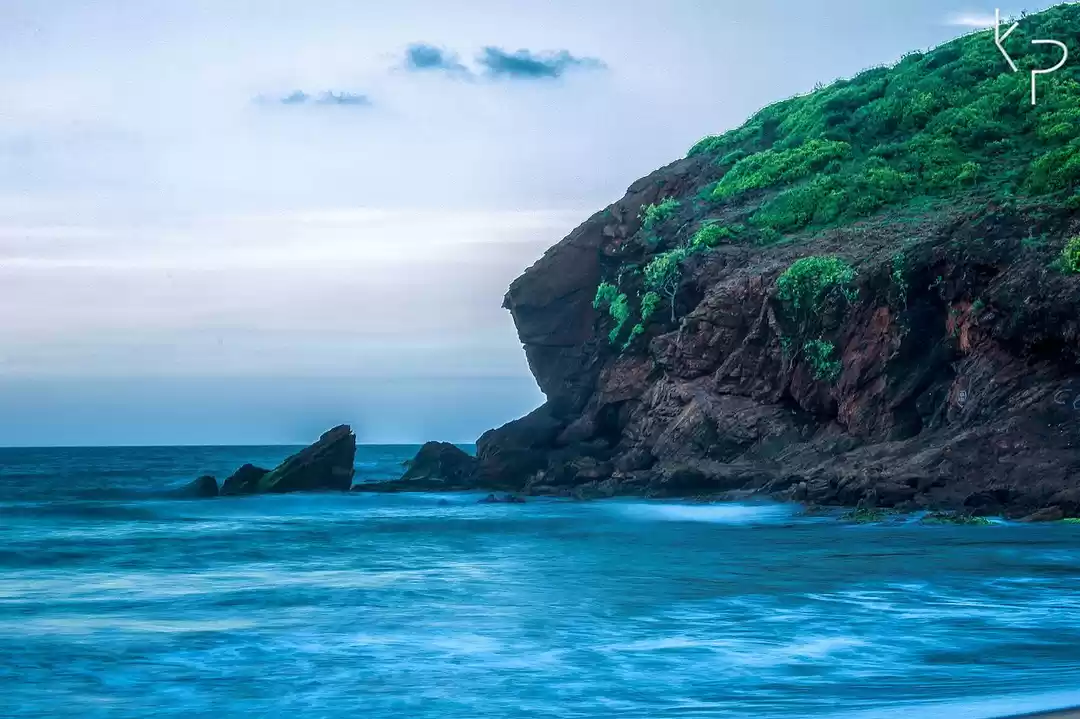Lac Bangles
Mohd Saleem – Bangle Maker
Mohd. Saleem, a traditional lac bangle maker is an inhabitant of Hyderabad, the Charminar city. He is also a National Awardee artisan under National Handicrafts Programme, Govt. of India and we met him at Dilli Haat in a National Handicrafts Exhibition, he was showcasing his artistic skills of making lac bangles of ancient in nature with unique art. This skill is inherited in their family by generations in making traditional bangles since the regime of Kings and Queens.
Bangle is a special type of ornament worn by mostly South-Asian women in different designs and colour. It has a long history and its existence could be traced in the Mohenjodaro civilization site, which belongs to 2500 B.C. Bangles are usually of two varieties like Lac and Glass. Lad bazaar in Hyderabad is the largest market in India and Firozabad and Moradabad in Uttar Pradesh are famous for Bangle industry. Artisans make bangles till date, using their traditional skill and knowledge inherited from their forefathers, by softening lac on coal fired open woven / chula.
The term lacquer originates from the Sanskrit word laksha representing the number 100,000,was used for both the lac insect (because of their enormous number) and the scarlet resinous secretion, rich in shellac, as it produces that was used as wood finish in ancient India and neighbouring areas.
The lacquer, used for making bangles is a natural lac and natural coloured lac is blended through heating. Usually normal lac is first pasted or stuck thickly on a thick wooden rod and then rolled over on a flat surface to make it into a cylindrical shape by using the skill. The melted coloured lac is then rubbed over a normal lac until it absorbs the colour. The colored lac is heated and simultaneously applied evenly by rubbing it on the lac. Once the color is infused to the base lac, it is again shaped into a thin cylindrical form and cut off from the plain lac rod.
Then lac is slowly heated over a coal burner. The heated lac is continuously pressed and rolled over a flat iron plate with the help of a wooden tool (hammer), then the part of the coloured lac is shaped and transformed into a bangle as per the customer’s choice. The characteristics of the bangle vary in terms of design, colour and decorative works etc. The bangles are placed in cluster over another thick round wooden beam with a tapering end and rolled on it and give desired shape by rubbing it. The thickness and length of the coil (of lac) depend on the final shape and size of the bangles. The bangles are placed on flat surface for cooling and drying. The bangles are also embellished with pearls, semi-precious stones, mirrors, beads etc.
Then artistic traditional bangles are ready for the customers to buy and wear. The lac bangles are famous to tourists and make them curious to know the art of making bangles. Many foreign tourists prefer to buy lac bangles as a signature item of Indian traditional art work.
A small video on unique skill of craftsman is given below to have an understanding on it. A small interaction was also held with the artisan during the event.
- Sattanurupa Saha













